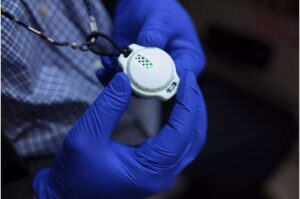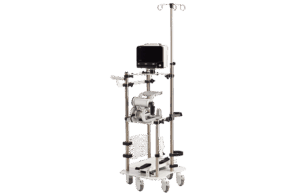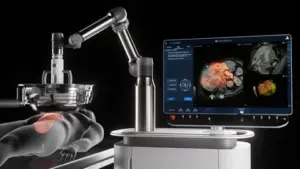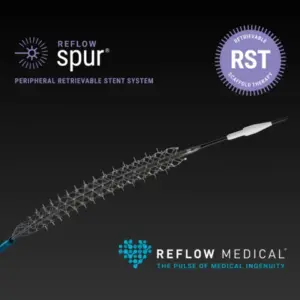
Breathalyzer device could improve diabetes management
For the nearly 40 million Americans living with diabetes, an important part of managing the disease is monitoring blood sugar throughout the day and night.

For the nearly 40 million Americans living with diabetes, an important part of managing the disease is monitoring blood sugar throughout the day and night.

A major bottleneck in curing HIV (human immunodeficiency virus) is that the virus can hide in an inactive form within resting white blood cells, which play a crucial role in coordinating the immune response.

Regulatory Milestone Validates JBA AI’s Clinical-Grade Software for Advanced Diagnostic Support

A Medtronic (NYSE: MDT)+
official announced on social media that the company received CE mark for its VitalFlow system within its Cardiac Surgery portfolio.

This tiny device can shrink dangerous blood clots. It’s called the ‘milli-spinner’ and its invention was partly an accident.

BiVacor announced today that it received FDA breakthrough device designation for its Total Artificial Heart (TAH) system.

Non-Invasive Histotripsy Technology Authorized Under Unmet Clinical Needs Pathway for Liver Tumor Treatment

First-of-its-Kind Retrievable Stent Gains Approval for Treating Challenging Below-the-Knee Peripheral Artery Disease

Mass General Brigham researchers are shining a powerful new light into the viral darkness with the development of Luminescence CAscade-based Sensor (LUCAS), a rapid, portable, highly-sensitive diagnostic tool for processing complex biological samples.

Terumo Interventional Systems has announced the early commercial availability of its FDA-approved Roadsaver Carotid Stent System.